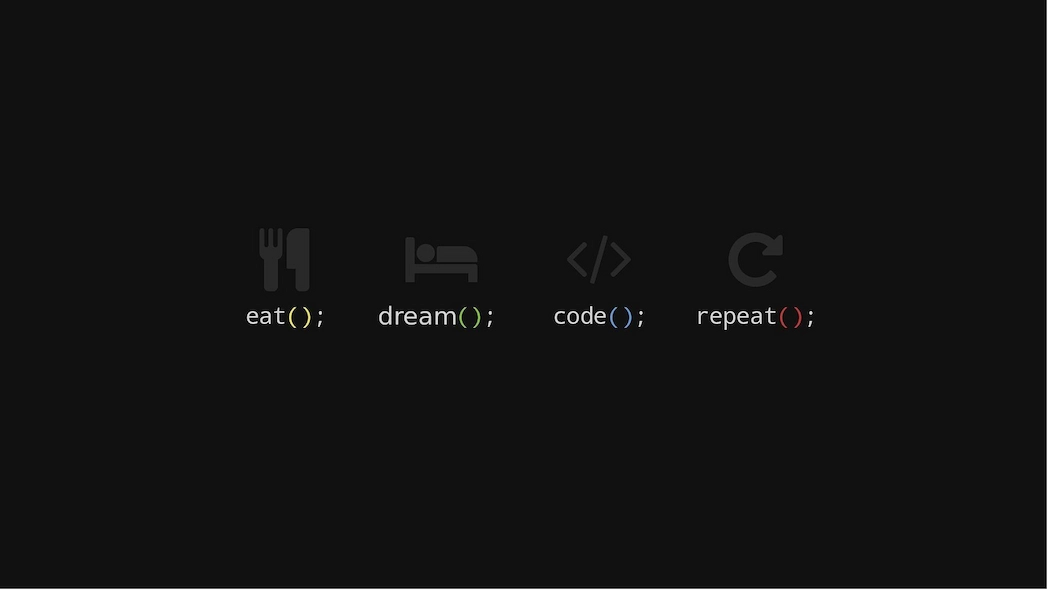


Nginx is an open-source web server, reverse proxy server, load balancer, and HTTP cache. It was developed by Igor Sysoev and is known for its speed, scalability, and efficiency. It is often used as an alternative to traditional web servers like Apache, especially for high-traffic and high-load websites.
Originally developed to address the C10K problem, which is the challenge of handling many concurrent connections, Nginx utilizes an event-driven architecture and is very resource-efficient, making it ideal for running websites and web applications.
Some key features of Nginx include:
High Performance: Nginx is known for working quickly and efficiently even under high load. It can handle thousands of concurrent connections.
Reverse Proxy: Nginx can act as a reverse proxy server, forwarding requests from clients to various backend servers, such as web servers or application servers.
Load Balancing: Nginx supports load balancing, meaning it can distribute requests across multiple servers to balance the load and increase fault tolerance.
HTTP Cache: Nginx can serve as an HTTP cache, caching static content like images, JavaScript, and CSS files, which can shorten loading times for users.
Extensibility: Nginx is highly extensible and supports a variety of plugins and modules to add or customize additional features.
Overall, Nginx is a powerful and flexible software solution for serving web content and managing network traffic on the internet.